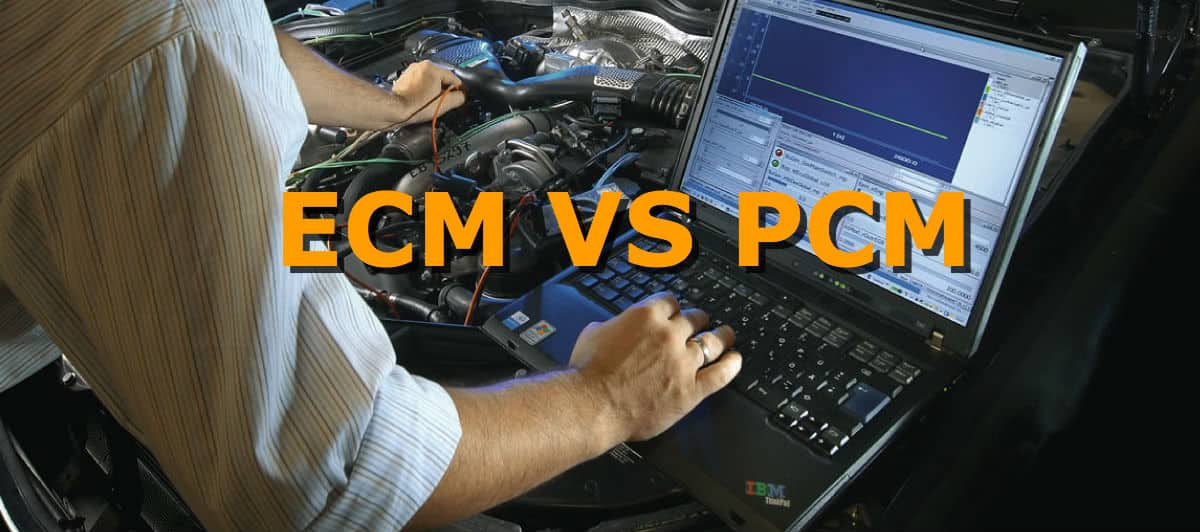


Early throttle body injection (TBI) systems used an idle air control stepper motor. Early carburettor-based systems used a programmable throttle stop using a bidirectional DC motor. Idle speed is controlled by a programmable throttle stop or an idle air bypass control stepper motor. The engine RPM is monitored by the crankshaft position sensor, which plays a primary role in the engine timing functions for fuel injection, spark events, and valve timing. Most engine systems have idle speed control built into the ECU. If the engine is still cool, additional fuel will be injected.Īir–fuel mixture control of carburettors with computers is designed with a similar principle, but a mixture control solenoid or stepper motor is incorporated in the float bowl of the carburettor. The engine coolant temperature sensor measures whether the engine is warmed up or cool. The mass air flow sensor measures the amount of air flowing into the engine through the throttle plate. The throttle position sensor tells the ECU how far the throttle plate is opened when the accelerator ( gas pedal) is pressed down. Oxygen sensors tell the ECU whether the engine is running rich (too much fuel or too little oxygen) or running lean (too much oxygen or too little fuel) as compared to ideal conditions (known as stoichiometric). The ECU determines the amount of fuel to inject based on a number of sensor readings. Most modern engines use some type of fuel injection to deliver fuel to the cylinders.


 0 kommentar(er)
0 kommentar(er)
